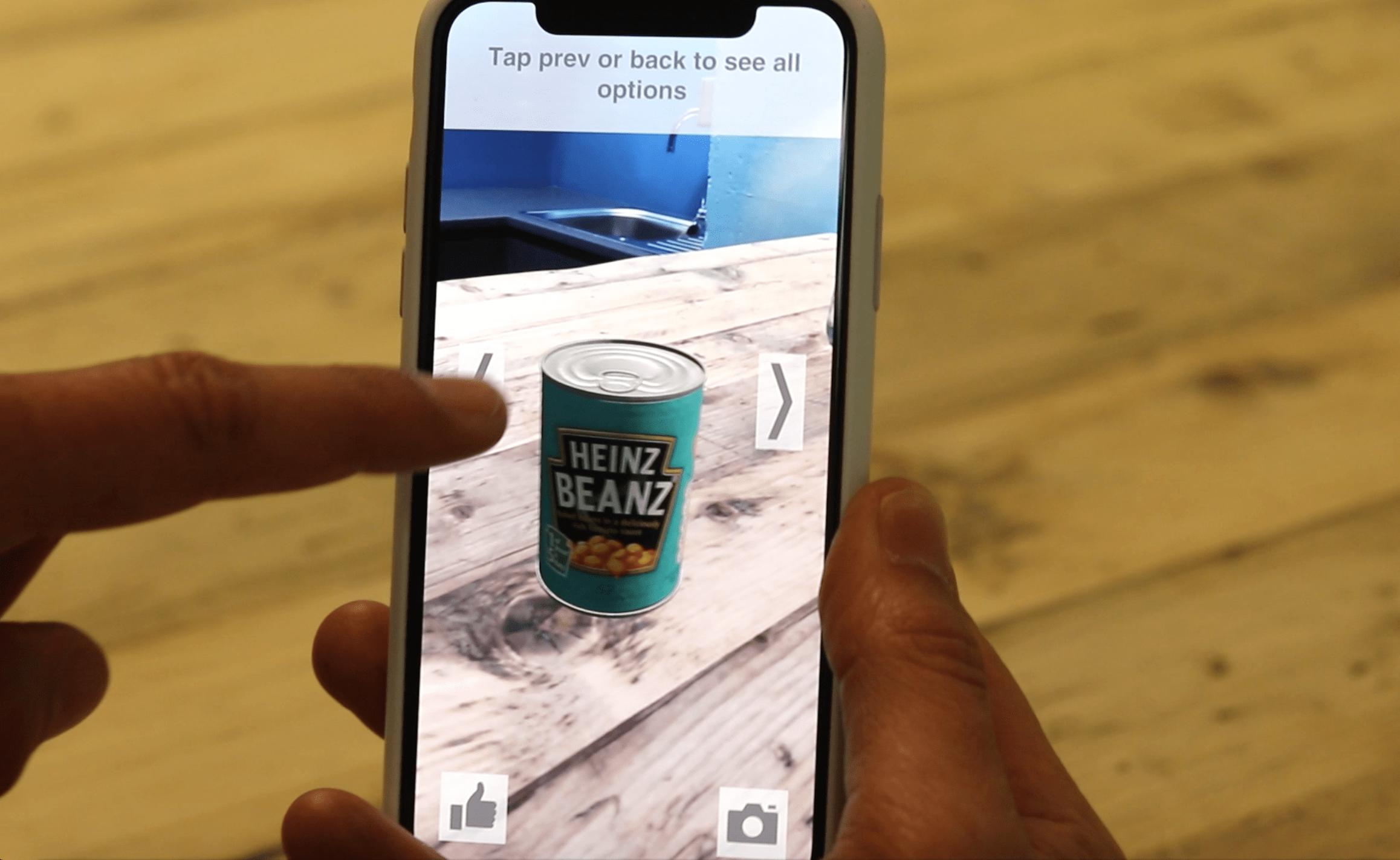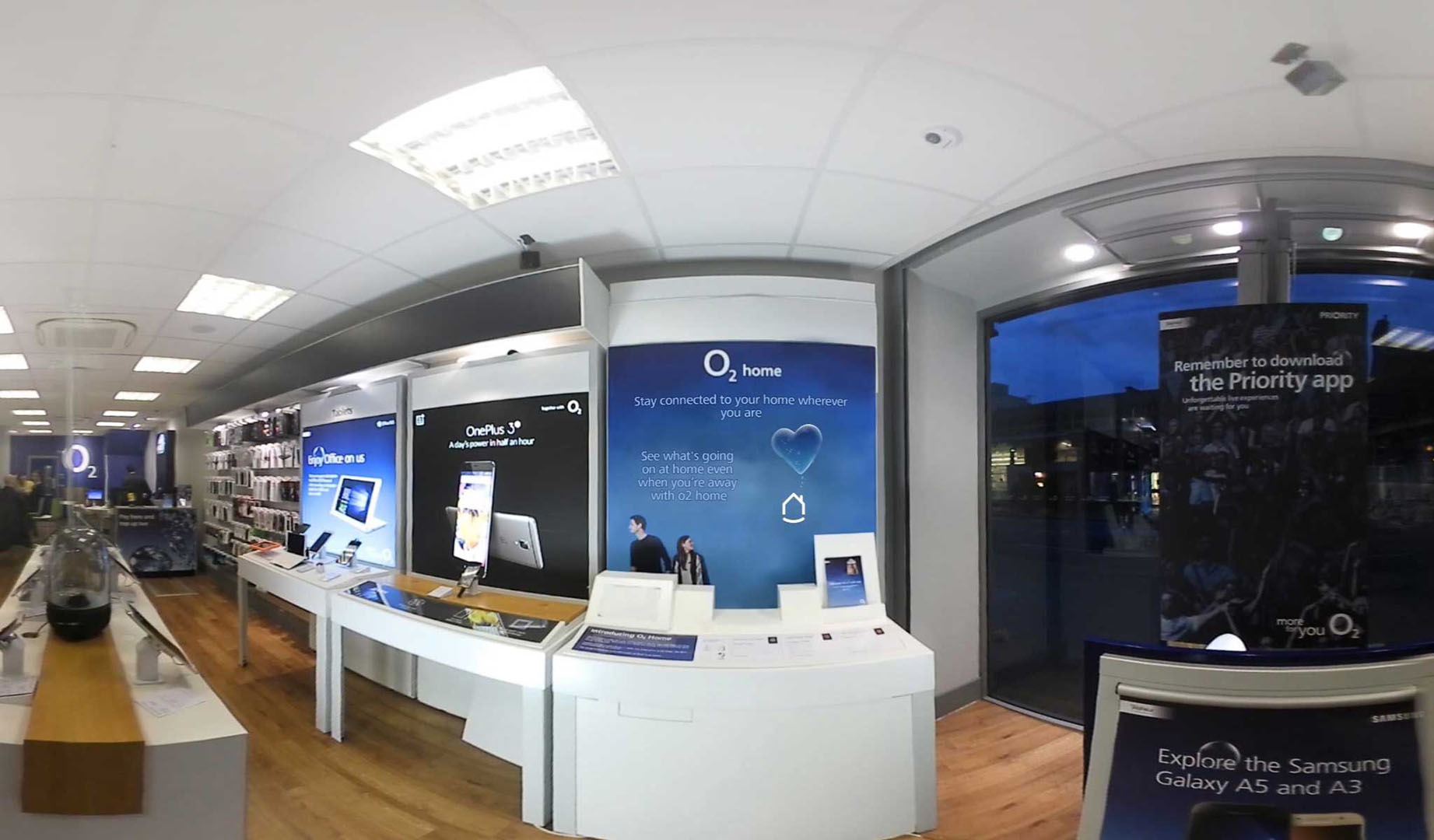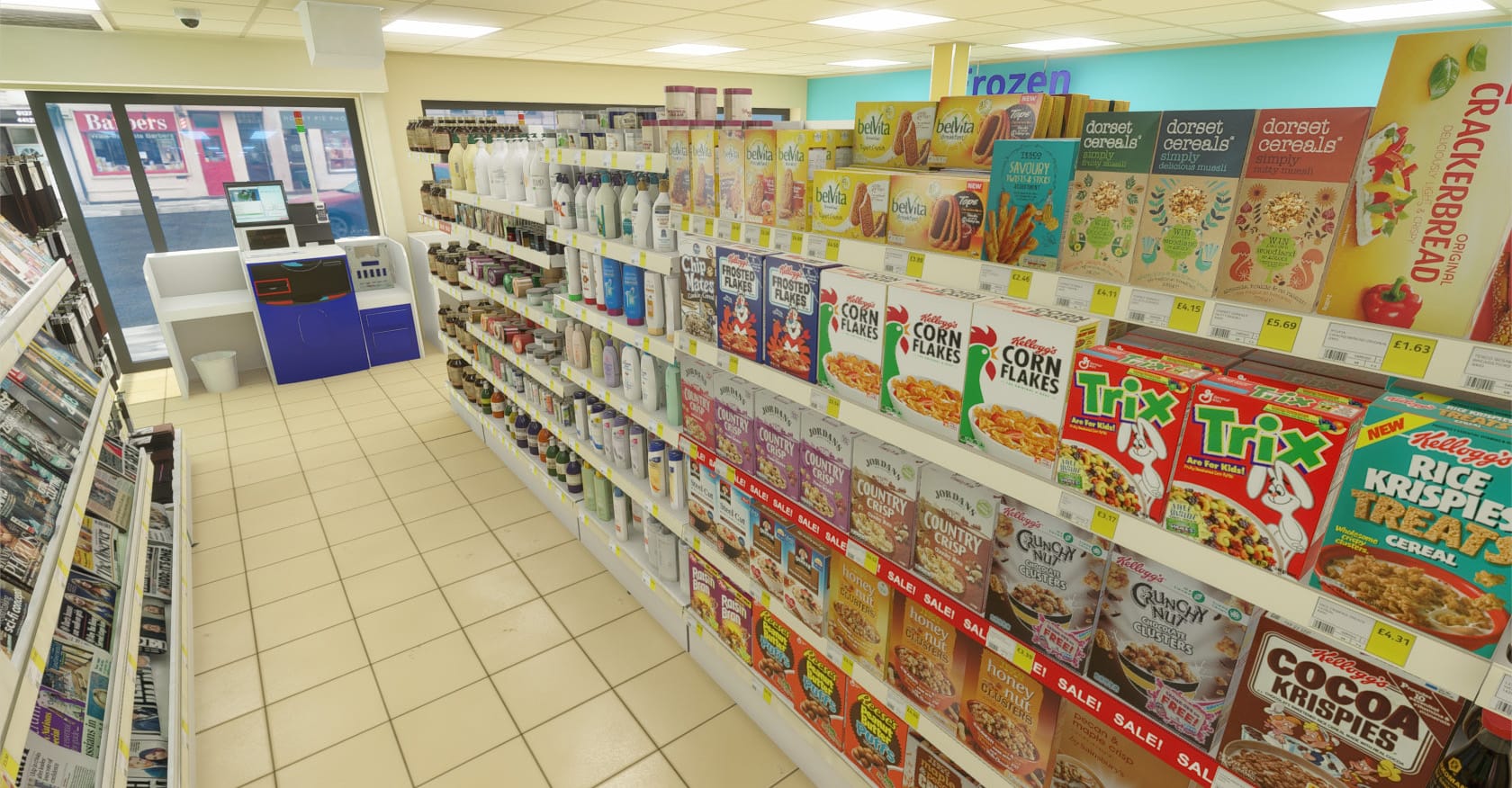Virtual reality (VR) and augmented reality (AR) are transforming market research to help marketers increase sales. From new product development to point of sale, these immersive technologies uncover the real motivators behind consumer purchase decisions. New VR/AR market research insight – deeply rooted in cognitive science – is delivering behavioural insight not possible with traditional research methods and it’s set to transform the industry.
We need a quick diversion in to Behavioural Economics to understand the challenges which VR and AR solve. The brain’s core function is to to predict what happens next by non-consciously absorbing huge amounts of information from the world around us. Conventional research based on self-reporting asks people to consciously reconstruct a past or future situation which doesn’t, alas, access this non-conscious information. Put simply; what people say is not what they do.
Challenge 1: Traditional research has for decades relied on focus groups or online surveys but we know that people aren’t always accurate witnesses to their own behaviour. VR and AR elicit instinctive (non-conscious) purchase decisions about real consumer behaviour by overcoming the problem of relying on self-reporting.
Challenge 2: Conventional research is usually conducted out of context. VR and AR research is in the correct context by taking into account environmental influences. A good analogy is to think about your music collection. Could you list all of the tracks on your favourite album or playlist? It’s impossible. But when you actually listen to a playlist you instinctively know what the next track will be. The information is in there, you just need to be immersed in the right context to tap into it.
The industry is realising the potential of VR/AR market research tools. For the first time, the Market Research Society dedicated a section of their annual 2018 conference to virtual reality. Papers from O2, Populus, The Royal Shakespeare Company and Ipsos MORI have proved its value. It increases realism by 42%, increases respondent engagement by 68% and delivers data more in line with actual sale data. In the words of the judges: “Anyone who thought VR research would be expensive and technically complex had that myth dispelled”.
We now have VR/AR research tools for retail behaviour, new product development, pack tests, POS studies, shelf tests and shopper diaries. They help marketers increase sales by transforming the way consumer research is conducted.
1. Rapid new product development

Provide people with 3D augmented reality versions of your product. Allow respondents to place it in the real world, view it from different angles and investigate interactive features. People can see the product in a real world context; from an AR shampoo bottle on their bathroom shelf to a full-scale AR car on their drive. Testing new products is rapid (anyone with a smartphone) and feedback on their preferences is instant. It provides quant data from a qual respondent experience and saves time and money on producing sample packs and clay models.
2. Point of sale testing at quantitative scale

Teleport respondents to a virtual store to test new displays and fixtures. Immerse them in the retail context where point of sale messaging needs to cut through. Displays and fixtures are digitally altered with CGI to test multiple designs and messages, from product displays to sales materials and shelf design. Testing consumer responses is quick (respondents use their smartphone with Google Cardboard) and data is integrated with an online survey. It’s quicker and more cost effective than traditional methods and scalable to a quant sample.
3. Retail shopper studies without store disruption

Transport people to a retail environment which simulates real shopping situations. Allow participants to walk around a virtual store and interact with products, from picking up packaging on a shelf to reading ingredients and placing purchases in a basket. Study real behaviour (rather than reported behaviour) in the context where real purchase decisions happen. Test new shelf layouts, pack designs and brand positioning against competitor sets. It’s easy to deploy at a viewing facility and removes the barriers associated with physical store research.
Market research has been guiding business decisions for decades and marketers make multimillion dollar decisions based on this insight. VR and AR market research is proving its value because it genuinely solves a problem. The benefits of speed, agility and scale will make this standard practice within three years as brands increase sales by understanding the intuitive, contextual decisions behind consumer purchase decisions. In the words of Jessica Salmon, Head of Customer Value & Growth at O2 (Telefónica): “As clients and agencies I strongly believe we should have the confidence and bravery to push boundaries and try new things. The ability to combine the context of qual at the persuasive scale of quant is exciting and valuable”.


Recent Comments